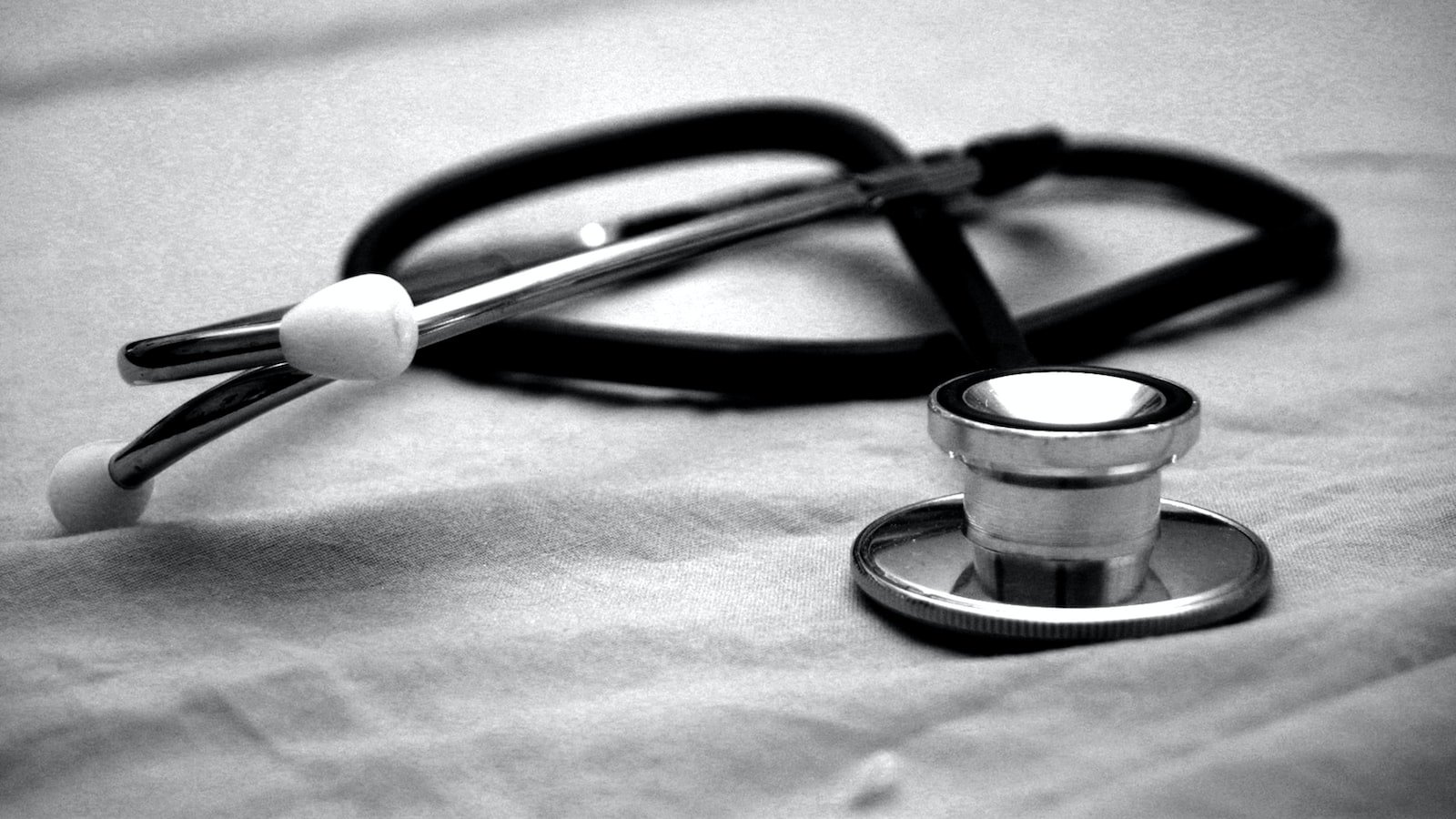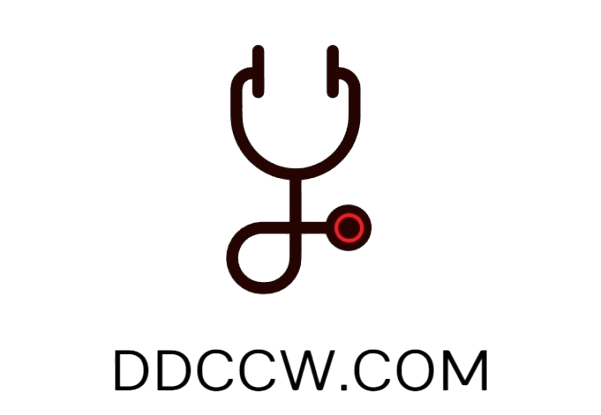One of the most instrumental measures that can be taken to prevent and combat the effects of common diseases is to detect them early on. Screening tests provide a crucial way for medical professionals to identify the early signs of various illnesses, allowing for swift, appropriate treatment that can hone the patient’s prognosis and outcome. This article will provide an overview of the various screening tests that can help detect common diseases earlier and the benefits associated with them.

1. Unlocking the Benefits of Early Detection
As a society, we are becoming increasingly aware of the importance of early detection of certain illnesses and conditions; mastering the benefits of early detection is a must for our collective well being.
How Early Detection Helps:
- Practitioners are able to diagnose and analyze situations quickly.
- Early detection may drastically reduce the cost of treatment.
- It often leads to improved outcomes.
- It may even reduce the risk of death in certain cases.
With the advancement of medical technology, early detection of many medical conditions is becoming even easier. For example, AI algorithms can analyze medical images and provide predictive analytics, while disease surveillance systems can detect particular patterns of biomolecular or genetic biomarkers before the onset of symptoms. As a result, illnesses can be identified and treated much earlier in their course.
Nevertheless, early detection of any condition begins with a patient. This means that each of us has the power to shape our own outcomes by taking proactive steps to seek medical advice and checkups.
It is also important to note that early detection can go beyond physical health. Early detection of mental and emotional health issues can also be beneficial, especially for those who are more prone to mental struggles due to genetics or environmental influences.
Receiving treatment and support early can make a huge difference. By recognizing the signs early, people can get the help they need and access improved outcomes.
2. The Path to Effective Screening Tests
As technology continues to revolutionize the way we live, it is now crucial to address the growing importance of early and reliable screenings. By undertaking the necessary steps to properly identify health risks before presenting any physical signs or symptoms, patients can receive proper care in the earliest phases and mitigate the spread of a wide selection of ailments.
The need for comprehensive screening tests is paramount, and while traditional methods, such as blood tests, are useful for certain conditions, newer technology has allowed medical professionals to open new doors for diagnosis.
Below is an overview of efficient techniques used for screening tests:
- CT Scans – Computerized tomography, or CT, scans have been used in healthcare for over 40 years. They produce image data of internal organs and blood vessels by combining x-ray images.
- Ultrasound Imaging – Ultrasound imaging, or echography, uses inaudible sound waves to produce images of organs and structures inside the body, such as the ovaries, liver, and gallbladder.
- MRI Scans – Magnetic resonance imaging, or MRI, uses electromagnetic waves to create detailed images of organs, tissues, and other soft tissues in the body.
Of course, beyond the physical components of medical screenings, there is the need to obtain an accurate medical history and clinical assessment from the patient. This includes the individual’s lifestyle, environment, and personal habits. All this information is essential to develop a complete picture of the patient’s overall health for any necessary tests or screenings.
While many of these tests are expensive and, in some cases, invasive, they provide an invaluable tool for detecting diseases early on. By undertaking the necessary steps to properly identify health risks before presenting physical symptoms, they don’t just save time, but could also make a positive difference in the wellbeing of the patient.
3. Knowing the Risks and Early Warning Signs
Different Types of Risks
Being aware of the risks that are associated with an investment can be a helpful tool in helping you make smart financial decisions. Knowing the different type of risks can help you identify them early and take steps to lessen their impact. Some common risks are market risk, credit risk, inflation risk, liquidity risk, legal risk, and obsolescence risk.
Understanding Early Warning Signs
Keeping an eye out for early warning signs of an impending financial disaster can save an investment portfolio. Here are a few to watch for:
- Unusual activity or volume spikes in the markets.
- An uptick in the number and size of complaints filed against a corporation.
- Unusually large loan activity by a company.
- Substantial losses in the price of one or more stock.
- Changes in the management or operation of a business.
Taken together, these signs can be hugely beneficial in helping predict an implosion in the market and allowing investors to act quickly to protect their investments. It’s easy to become complacent when it comes to financial planning, so it’s important to stay watchful and stay ahead of the curve.
Recognizing Risk and Taking Action
When you recognize a risk, it’s important then to take the appropriate steps to manage it. Here are a few ways you can do this:
- Hedge your investments.
- Diversify your portfolio.
- Research before investing.
- Stay in contact with your financial advisors.
- Know the warning signs of a potential disaster.
Taking proactive steps to mitigate your risk can help you protect your assets and minimize your losses. Ultimately, it’s a matter of recognizing potential risks early and taking the necessary steps to remain financially secure.
4. Taking Control of Health and Wellbeing
Society and the world have been rocked over the past few months, giving many of us a sudden sense of control over our lives and circumstances. Our health and wellbeing have been affected, we’ve felt like we’ve been on autopilot, with little input into how our day may look or how we can improve our own health. Now, more than ever, it’s time to take back this control.
Gaining control over health and wellbeing means treating your body and your mind with respect. This includes taking the time to move your body, listen to good music, practice deep breathing exercises, express yourself creatively and get adequate sleep.
Incorporating regular exercise can be easier said than done, yet it can be as simple as going for a run or a walk around the neighbourhood. Simply taking 10 minutes to stretch or a brisk walk around the block can release endorphins and help stabilize your day, releasing any built up stress or tension and helping you to regulate.
It’s essential to take time for yourself. This could mean giving yourself a facial massage, having a bath, listening to podcasts or TED Talks or however you can think of to carve out this time for yourself. Doing something creative like drawing, painting, going for a bike ride or gardening can also be great ways to take control of your wellbeing.
Below are a few ways to actively take control of your wellbeing:
- Begin each day with an intention and practice it throughout the day.
- Take 10 minutes to exercise.
- Keep yourself hydrated throughout the day.
- Create positive relationships with yourself and others.
- Practice gratitude for the small victories.
- Set boundaries for yourself.
- Tune into your emotions and reset when feeling overwhelmed.
Taking control of your own health and wellbeing is an empowering, freeing experience. You’ll likely find once you start actively making the effort to take personal control; it can be so rewarding, setting you up for success and ultimately the wellbeing you strive for.
Early detection of common diseases is a powerful tool to help manage and possibly prevent further impacts of a deadly illness. By taking preventive measures, such as routine screening tests, you can take the necessary steps to safeguard your health and that of your loved ones. With state-of-the-art testing technologies available today, disease detection and prevention have never been easier or more accessible. Take charge of your health today and make sure you are staying informed about the latest screening tests and early detection processes.

